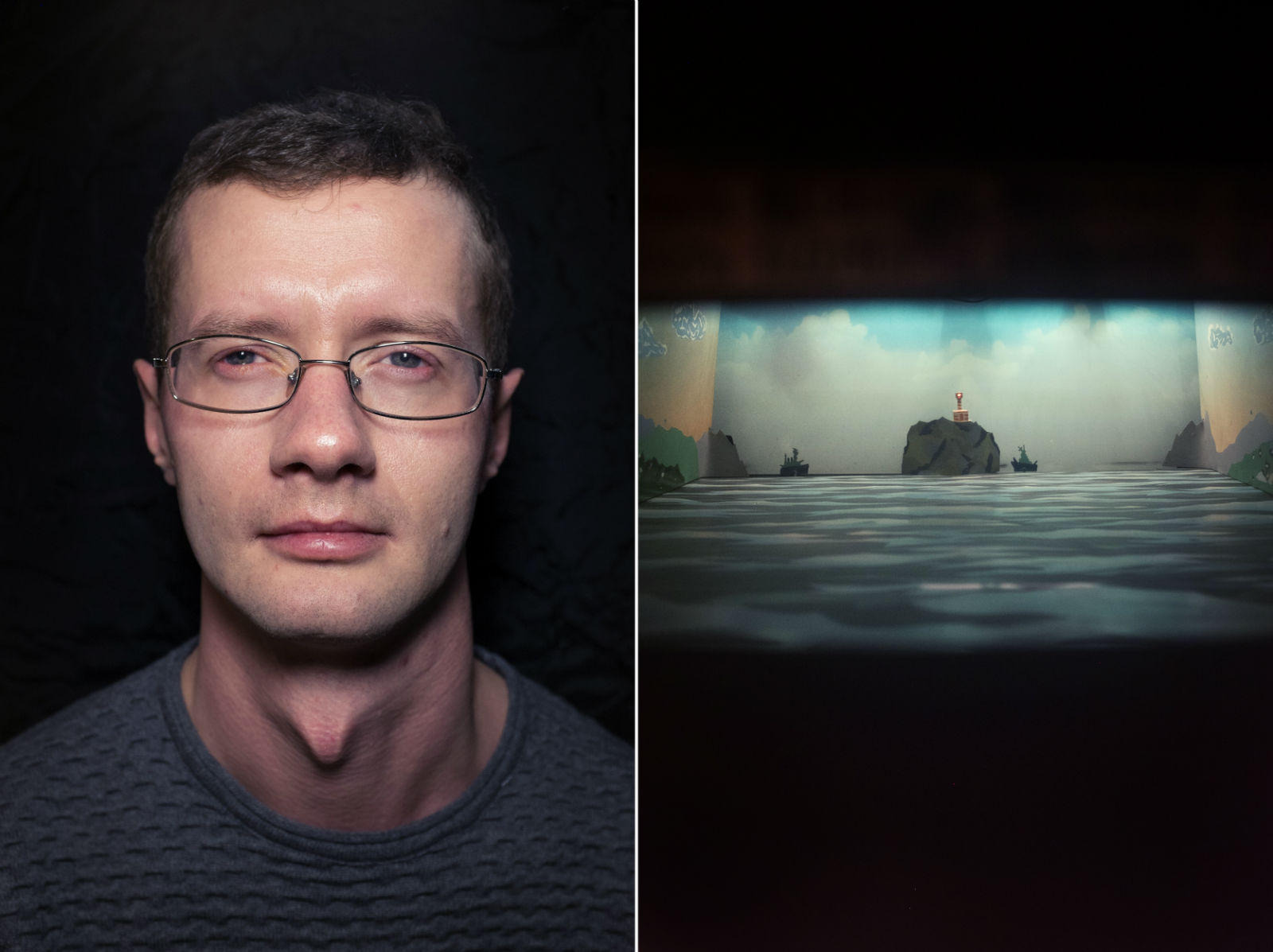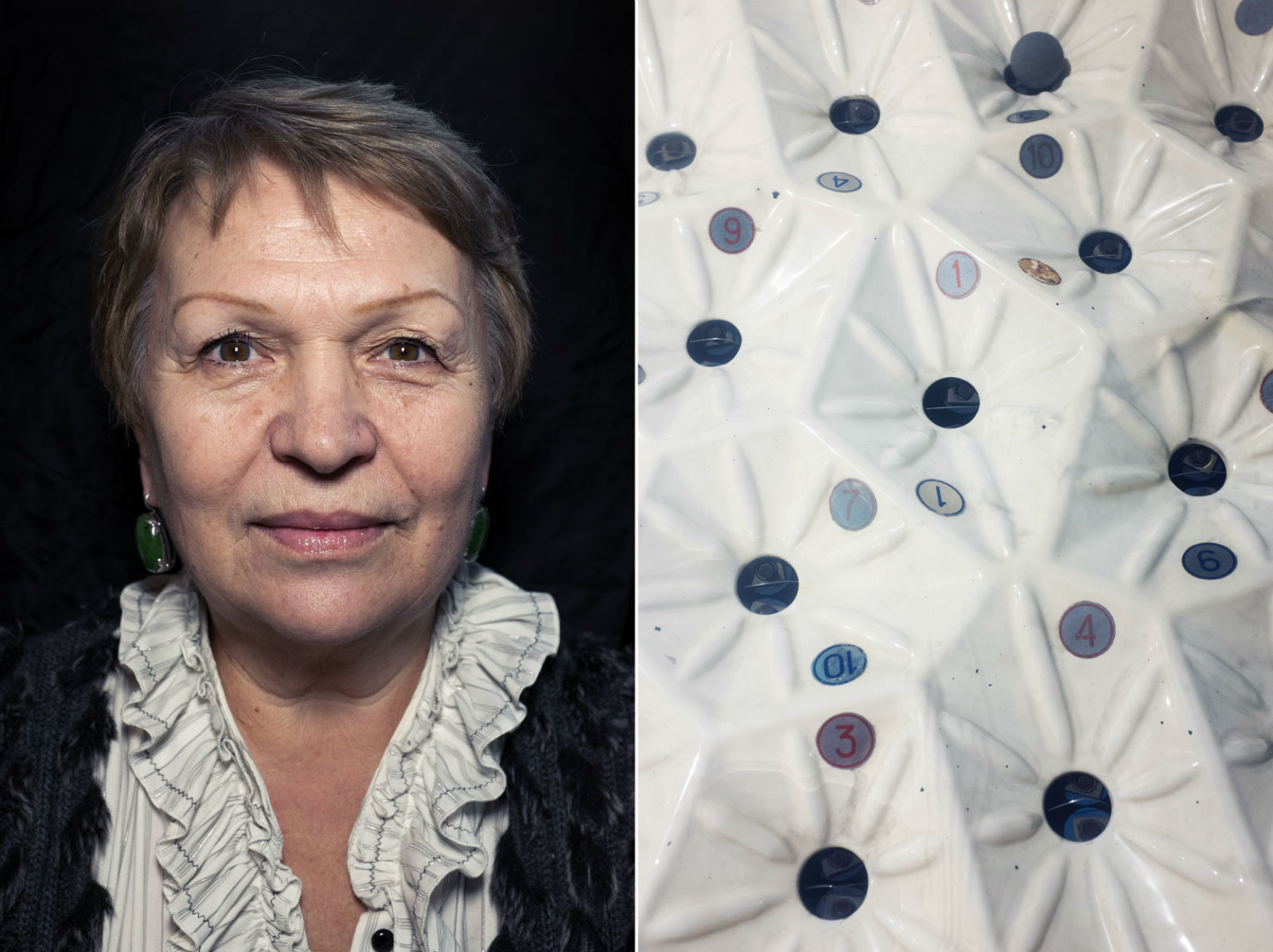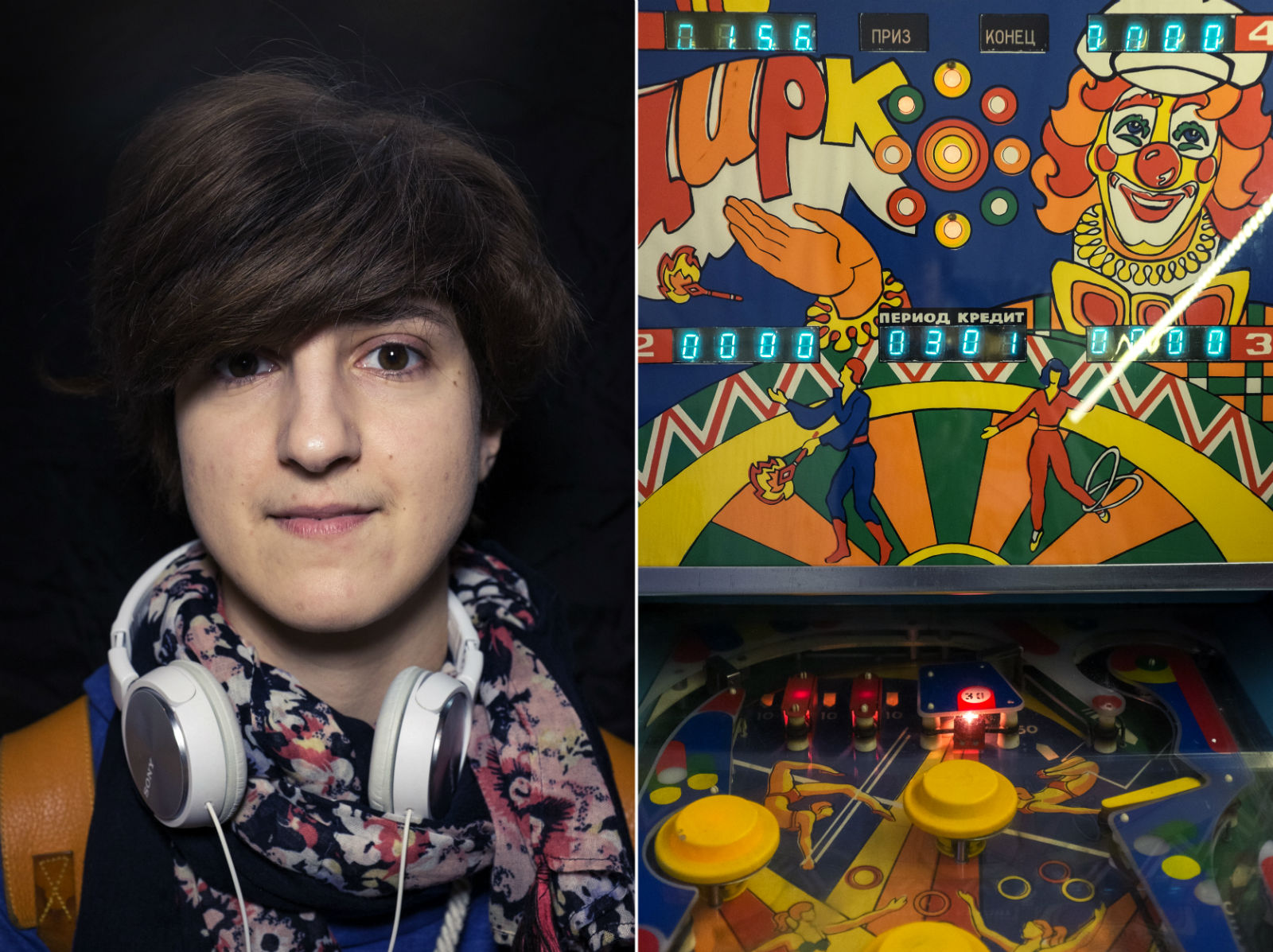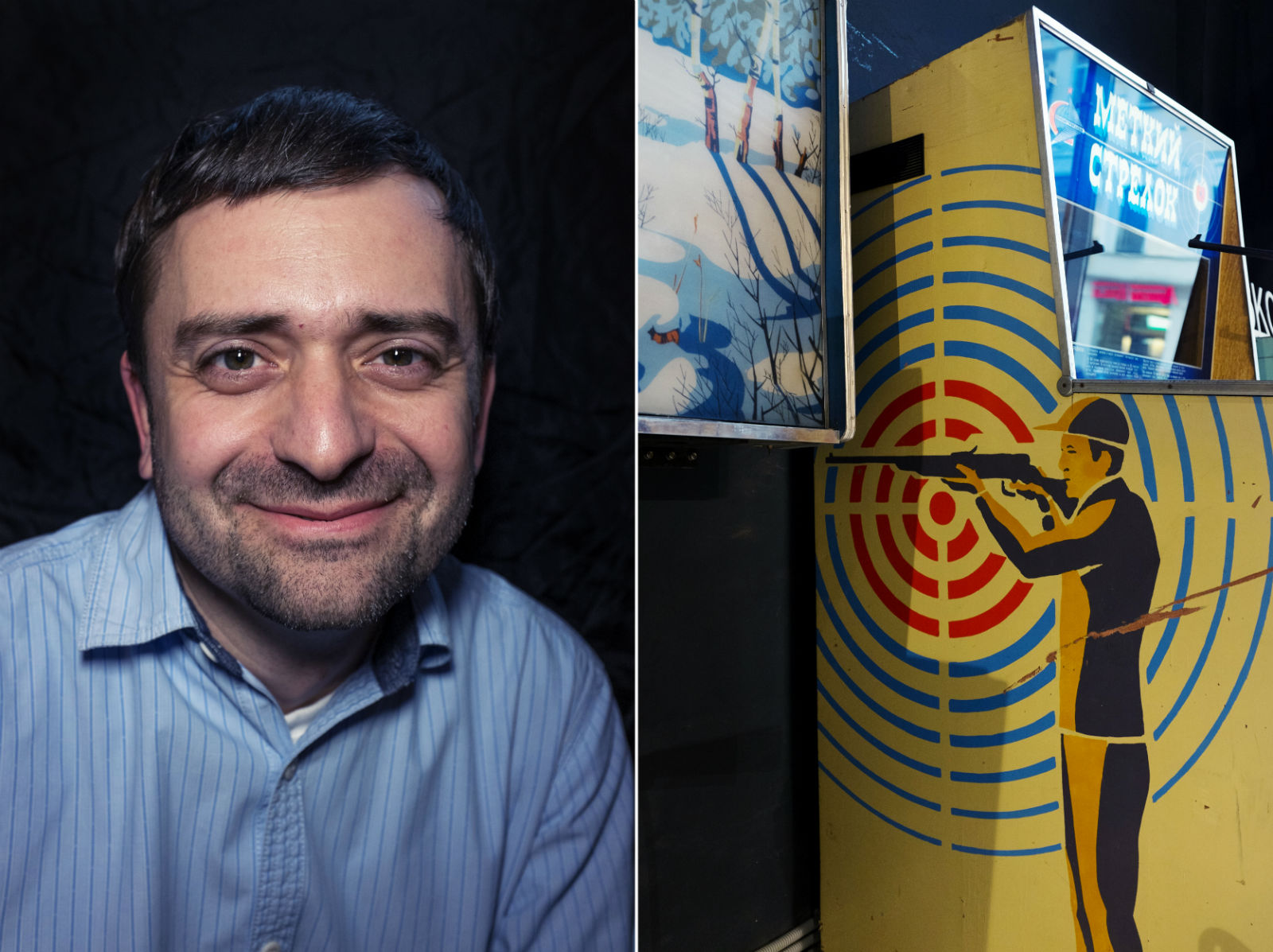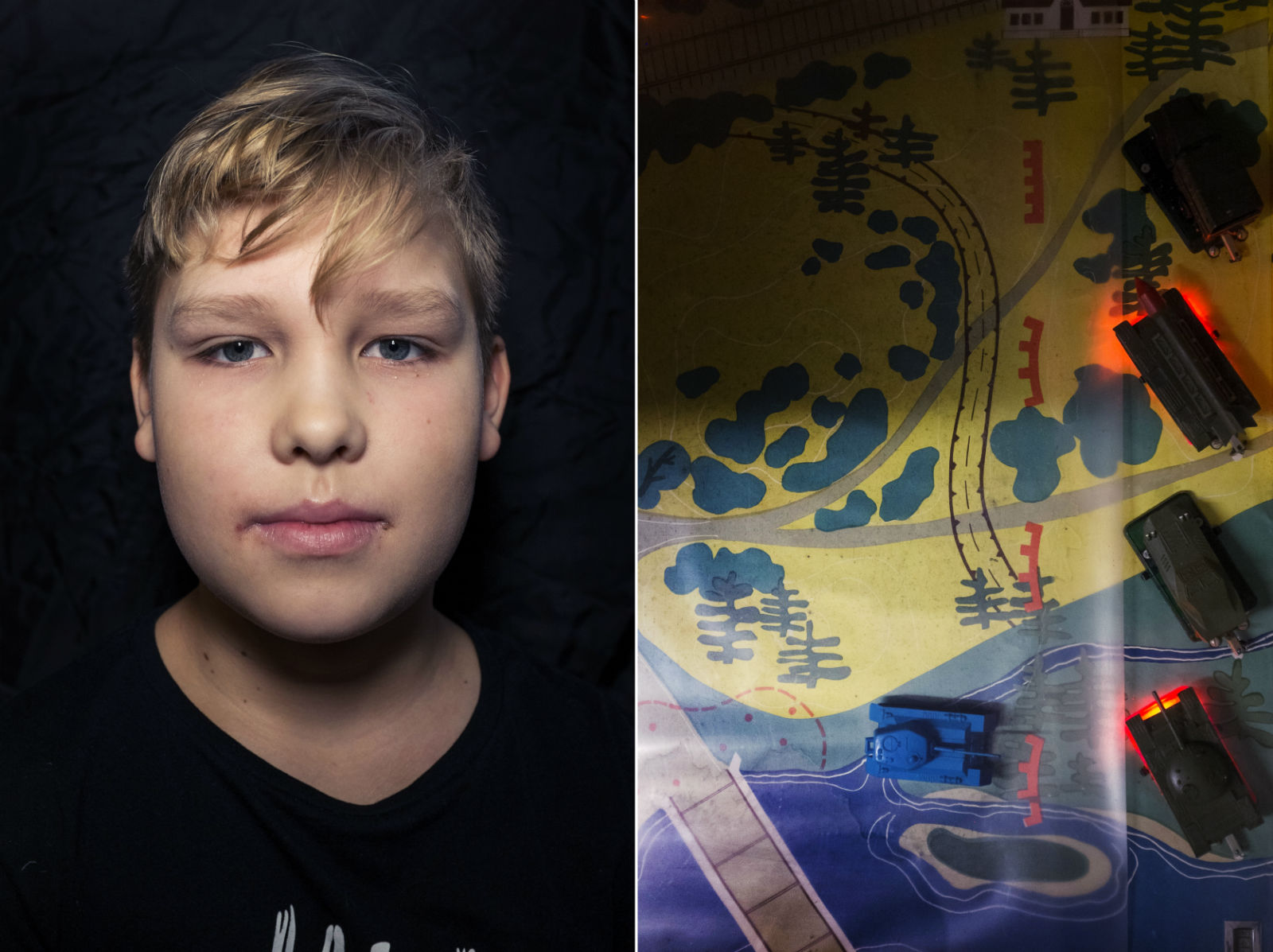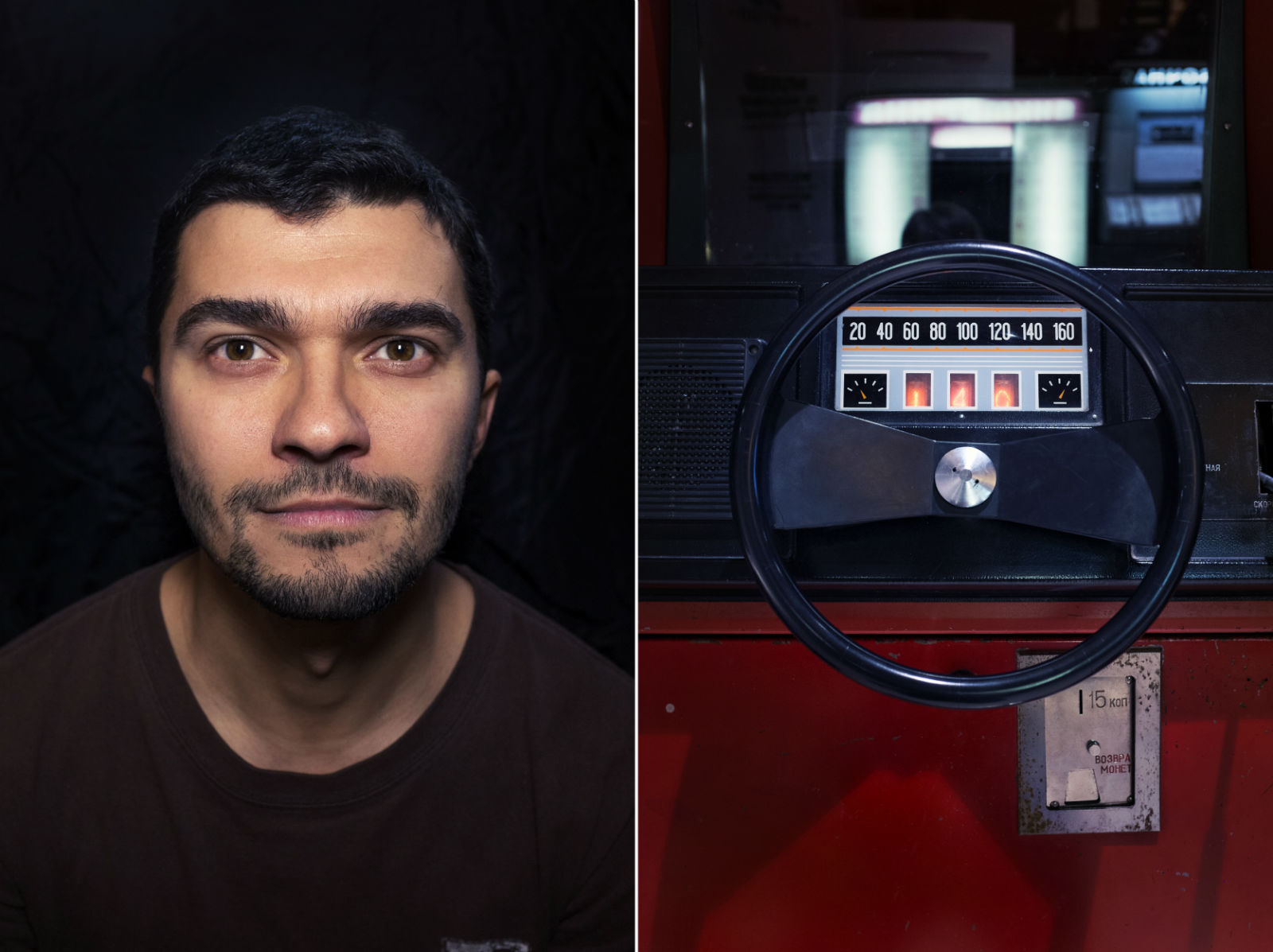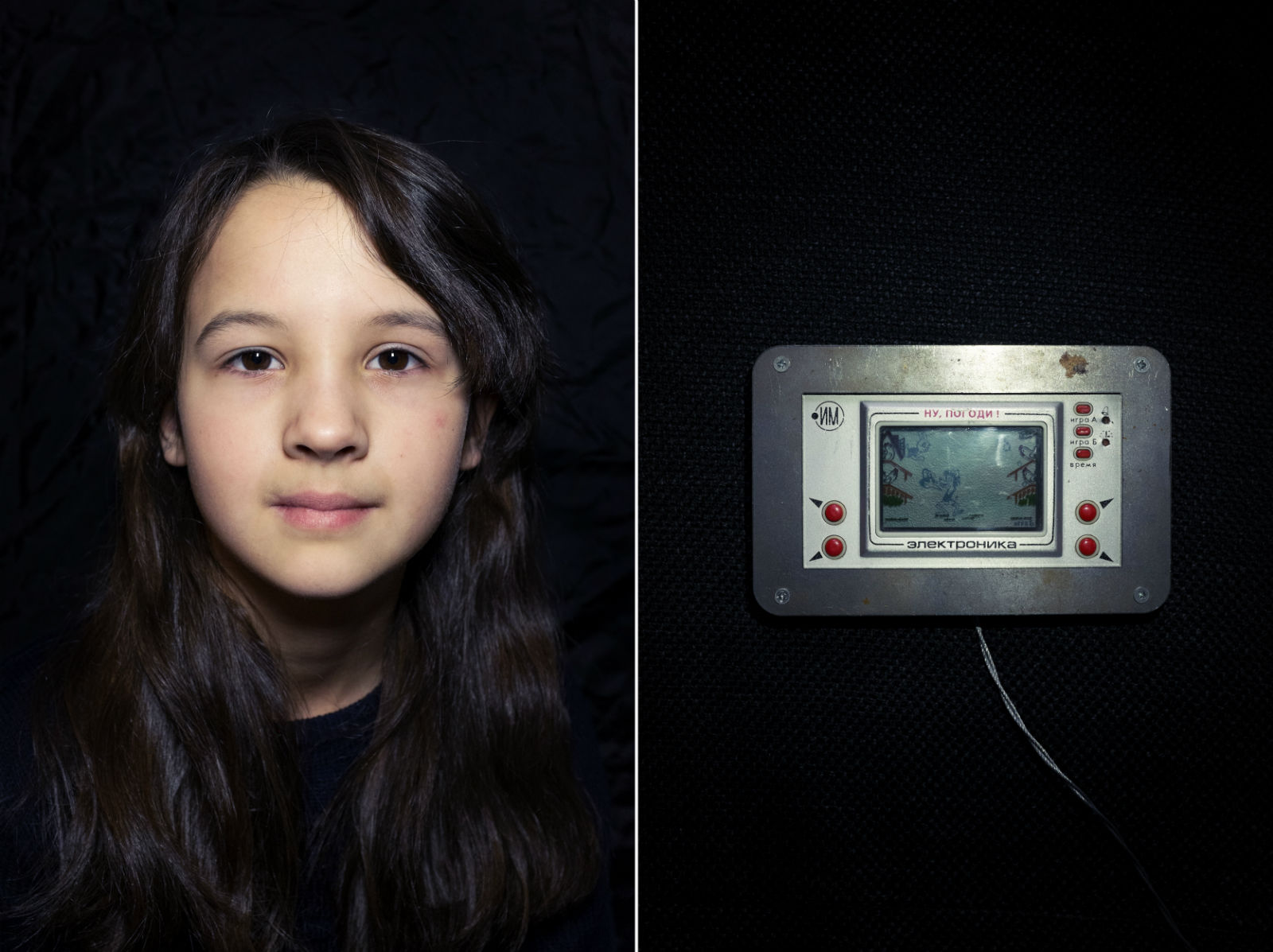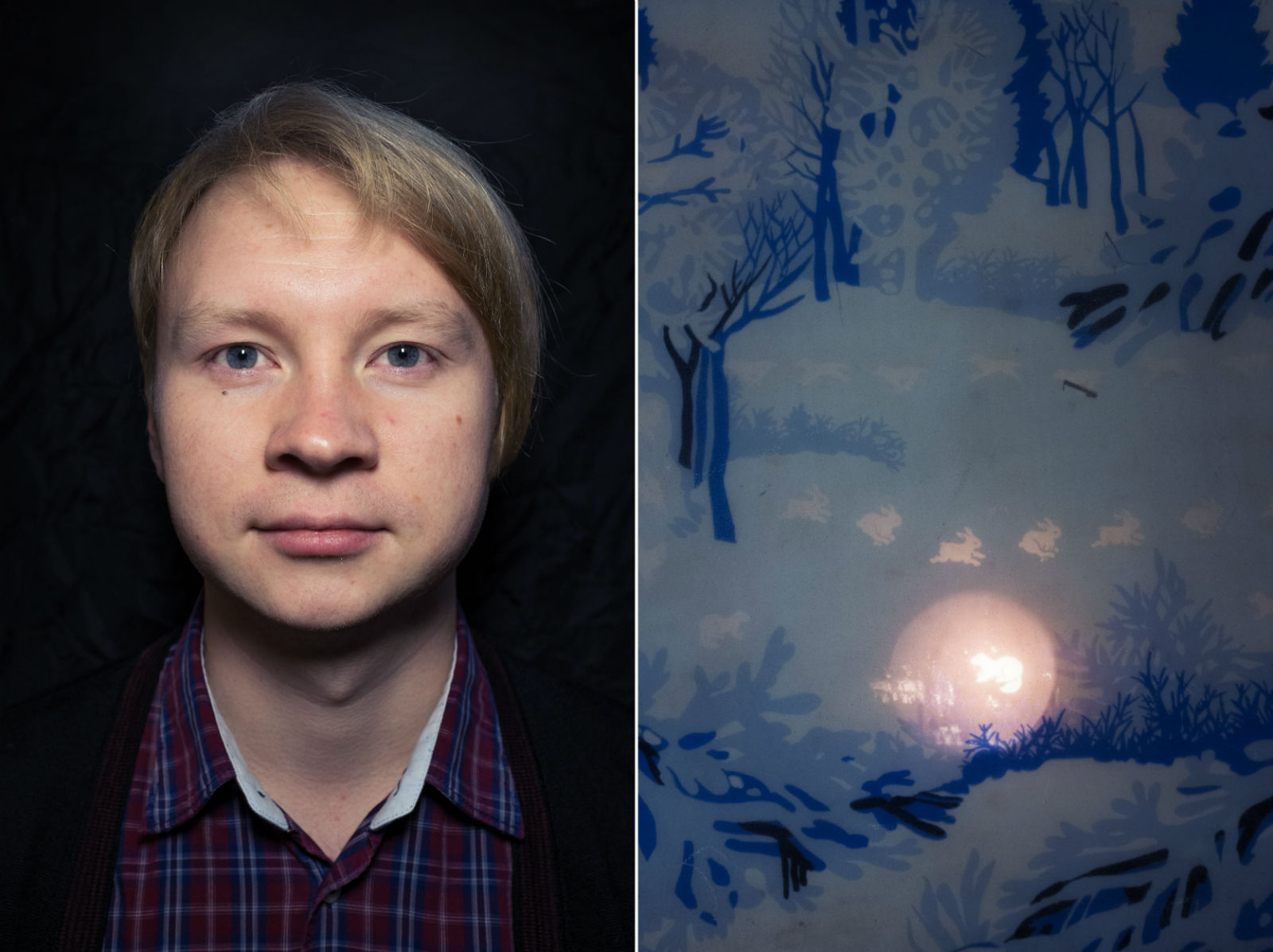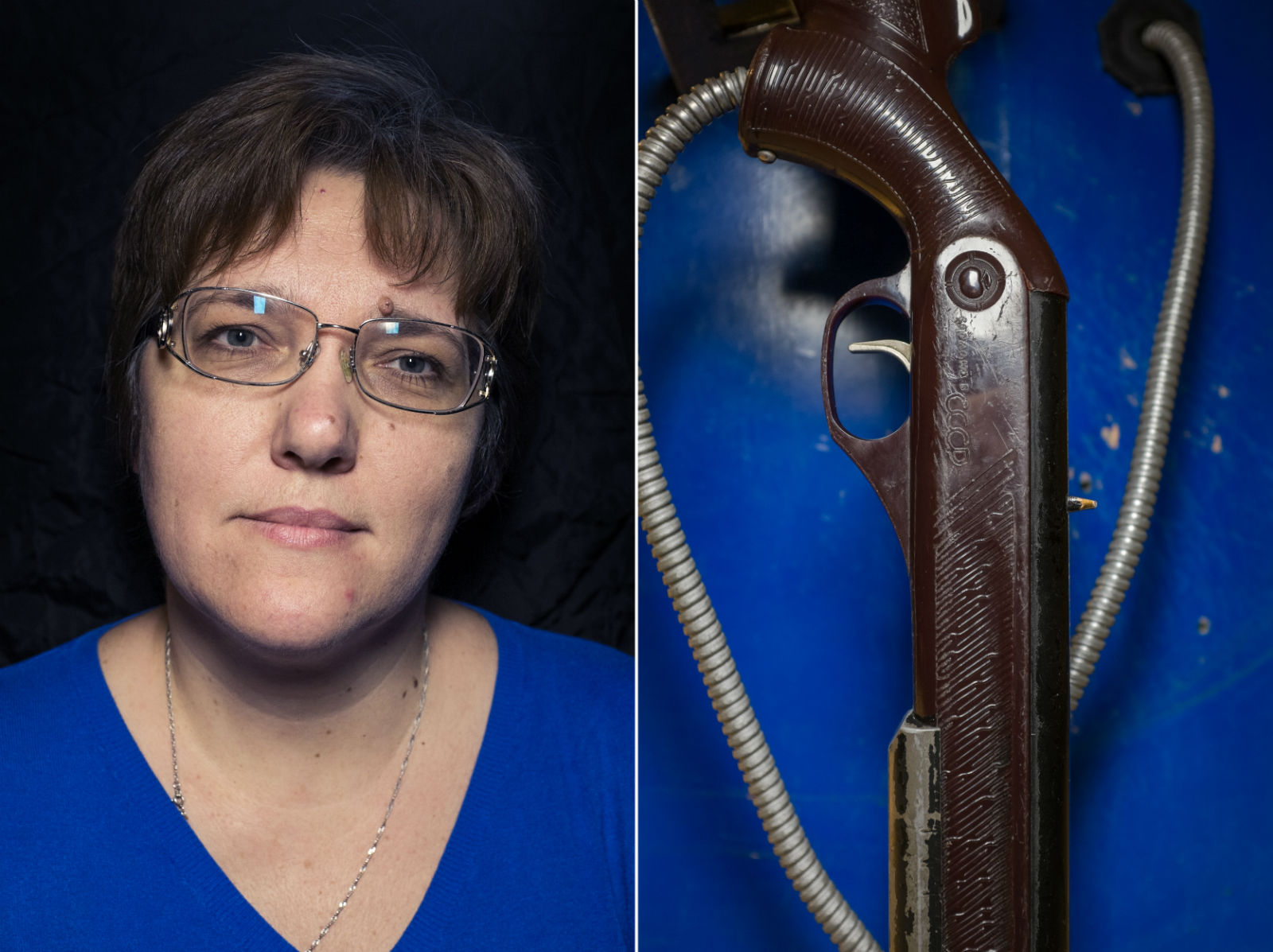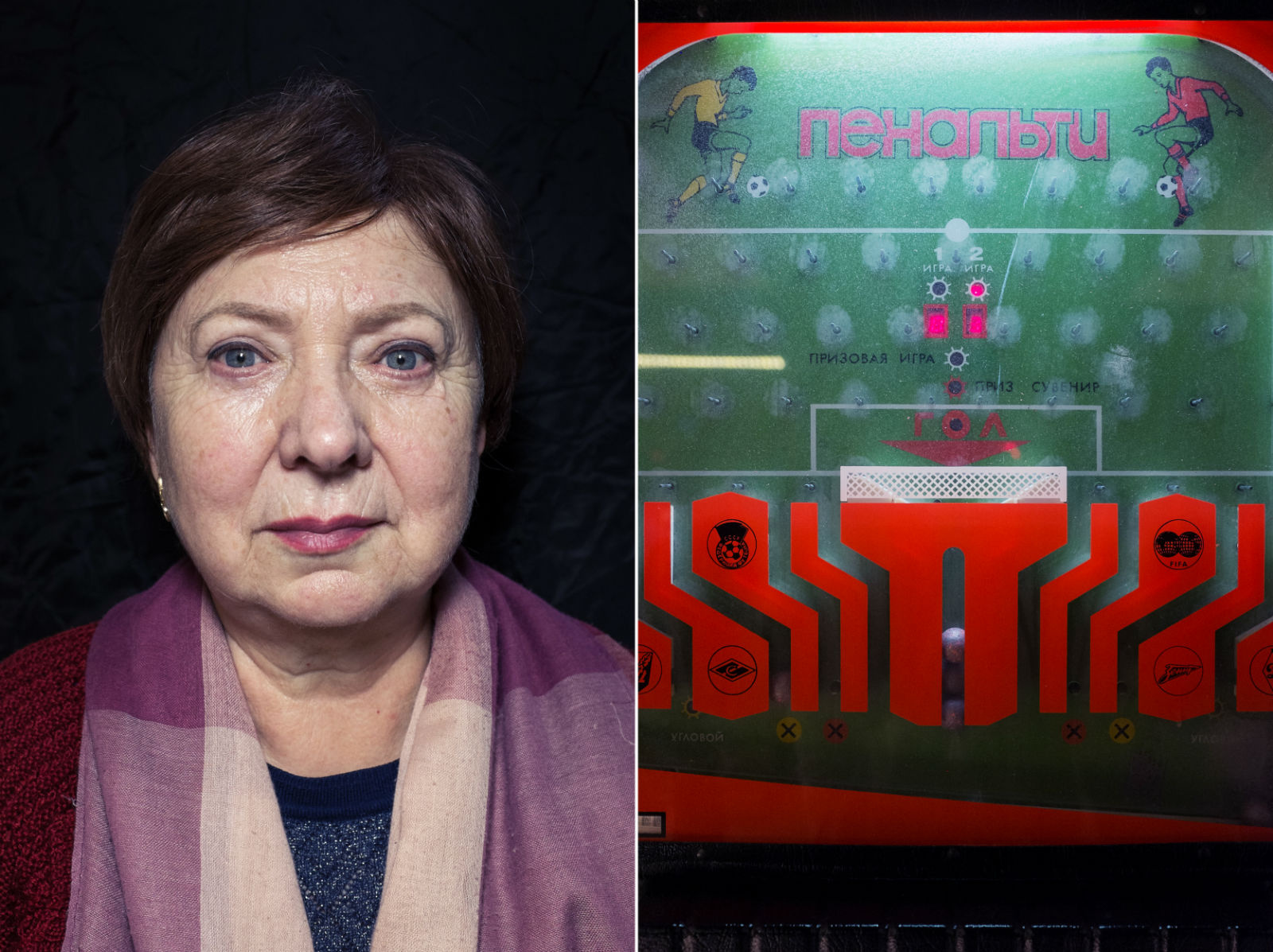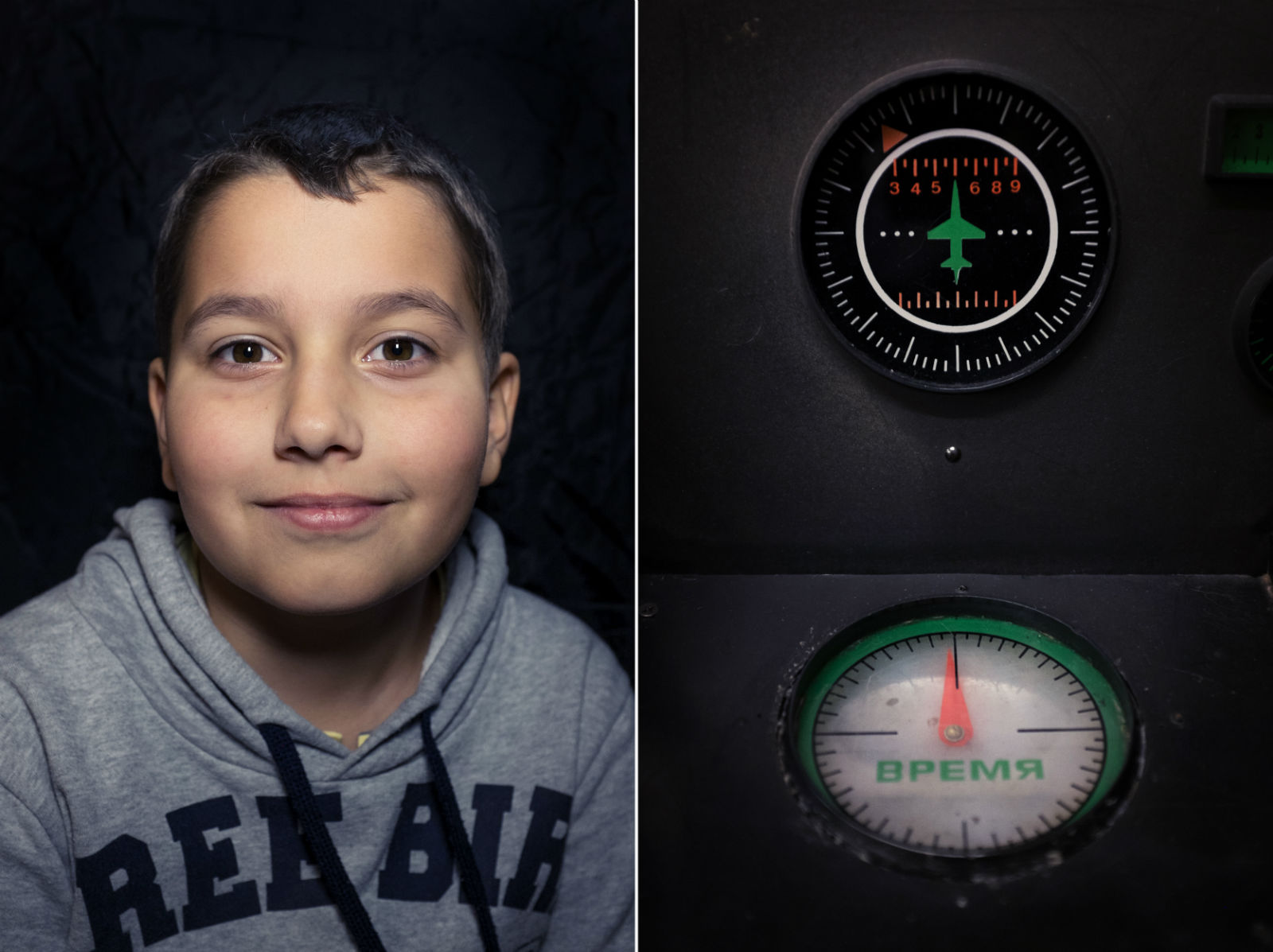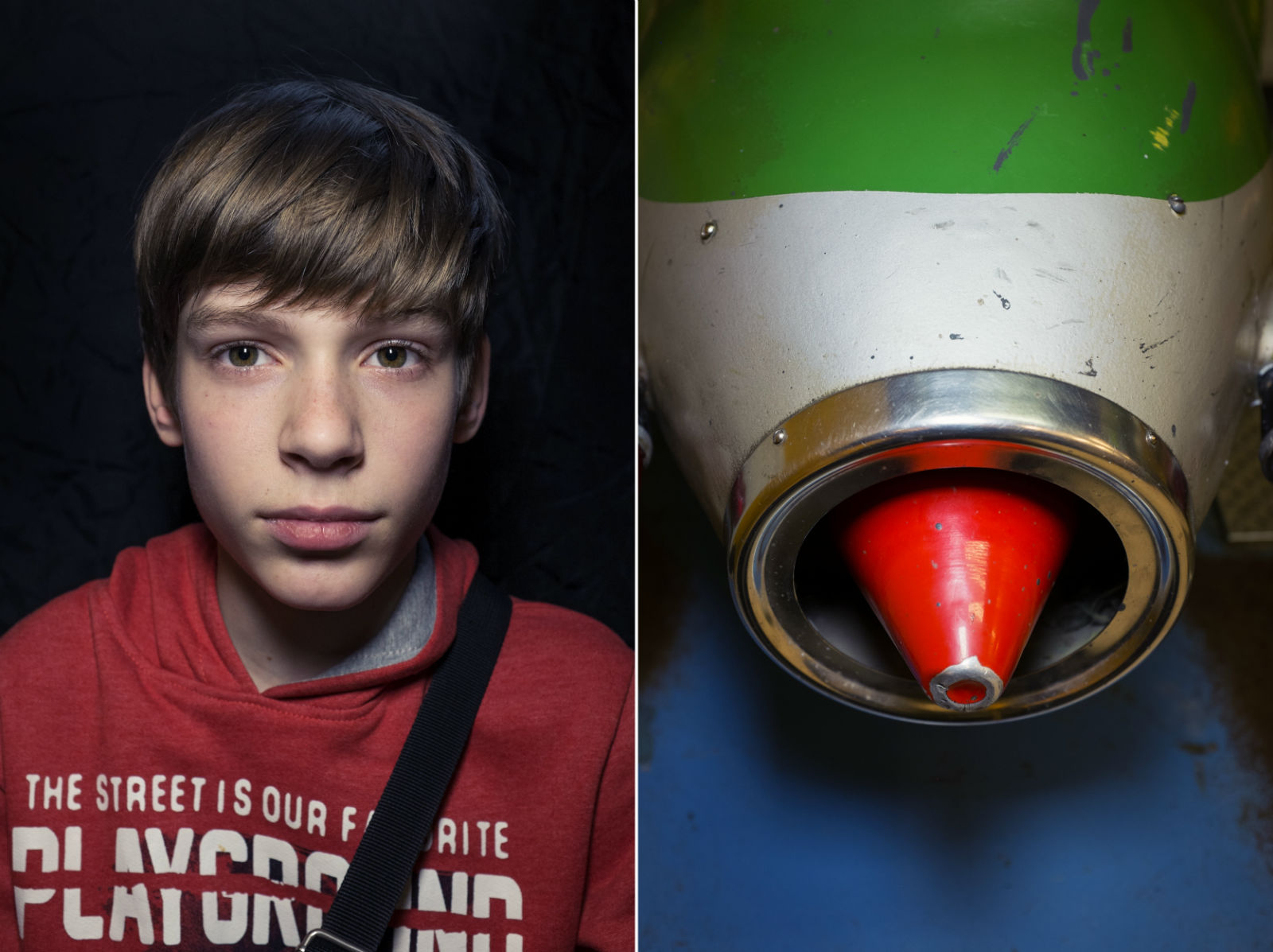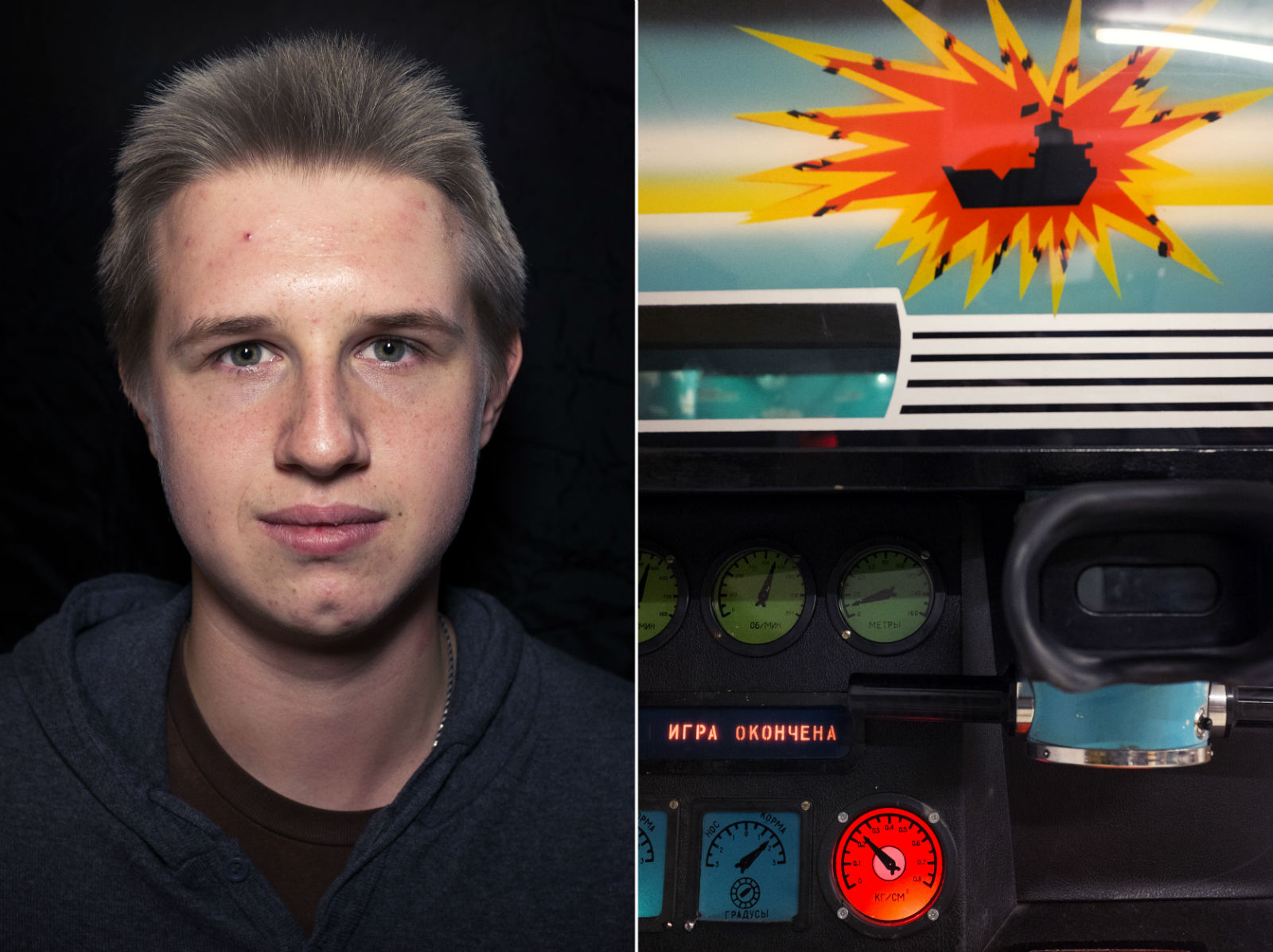Russia
The Museum of Soviet Arcade Machines in Moscow is a place where old new generations can come together, and enjoy a nostalgic trip to the history of soviet gaming culture.
Alexandra Odynova
author
Arthur Bondar
photographer
Belarus:
Alina In Lukaland
Estonia:
A Tale Of Two Languages
Lithuania:
Life in the Atomic City of Visaginas
Ukraine:
War On Stage
Latvia:
Latvia’s Modern Heroes
Moldova:
Moldovan Cocktail
MOSCOW – Drop a 15-kopek coin in a slot, and you can launch torpedoes from a submarine to hit the enemy’s battleships and cruisers, operate tiny tanks on a battlefield, or fire a toy shotgun at red-and-white targets.
If you were too young to grow up in the Soviet Union in the 70s or 80s, the Museum of Soviet Arcade Machines is where you can experience a soviet kid’s joy. Entering it feels like travelling back in time, with visitors using original-era coins to play some 60 games that one cannot find anywhere else. Located not far from the Bolshoi Theatre, the museum sits in the same square as a trendy Moscow burger chain, an improbable eatery in soviet times. But unlike the many other burger joints in the city, here you can wash down your burger with authentic soviet soda from an authentic gray soda machine.
In 2006, Aleksander Stakhanov had the idea of finding a copy of an old arcade game called Morskoi Boi (a Russian version of the West’s Sea Raider). The first Morskoi Boi was purchased from Tagansky Park in Moscow for 180 rubles (around €34).
It was the mid-2000s and the economy was growing. As Nintendo consoles and PCs flooded Eastern Europe, it turned out that nobody needed those arcade games any more. Like TV sets or radios, they were melted down into scrap metal, or abandoned in warehouses and basements.
Together with two friends, Aleksander started collecting those machines; storing them in his grandfather’s garage. “I was sure that everyone else also wanted to feel like a soviet kid, they had the same childhood dreams – so probably someone want to play [the games] in future,” Stakhanov said in a recent interview.
At the time when memories of the USSR are increasingly mixed with a nostalgia for Russia’s communist past, those once-forgotten games have had a comeback in the capitalist present.
Today Aleksander, who is now 35, sits with his MacBook in his museum. With a bush of curly hair and a blue checkered shirt, he doesn’t look like someone longing for the USSR. And he is not. For many of his generation, the Soviet Union was the time of childhood, which he now associates only with “warm memories.”
“I don’t have a nostalgia for the old days at all,” he says. “I have a negative attitude toward that period in the country’s history.” Aleksander is an auto engineer by trade, a profession that was once very popular but no longer fits into the country’s economic reality. In the early 2000s, his classmates wanted to work for foreign companies, but he didn’t know what career path to choose. He still doesn’t know what he wants to do.
The economic crisis in the USSR began when Aleksander was seven or eight. By the time he was 10, the Soviet Union had collapsed. When he was 12, tanks surrounded the government building. “Next there was a period of wild capitalism. It was a time of constant change,” Stakhanov recalls. “But I didn’t want to become a bandit, or an economist, or a cosmonaut.”
In the arcade machines, Aleksander found a hobby that eventually became a commercial project. His first museum, housed in a Stalin-era bomb shelter under a college dormitory, opened in 2007. It was only open on Saturdays, between 11am and 1pm. Thanks to the economic crisis of 2008 and the resulting slump in rent prices, Aleksander was able to move the museum to a more central location and start working more regular hours.
Today, scores of people visit the museum, including children during school breaks, foreign tourists in summer, youngsters on a date or with their families. On a weekday in mid-November the museum is full of excited seventh-graders. They run from one machine to the next, pushing buttons and taking photos with their phones. On a Sunday afternoon, by contrast, there are families with parents and grandparents, who seem to know a lot about the games on display.
“The best moment was when we saw a father push his son aside and say: ‘Wait, it’s my turn!’” Stakhanov said.
“I see that for some kids these games are too complicated to operate compared to computer games,” says Anton Lavrentyev, a 26-year-old lawyer visiting the museum for the first time with his three-year-old son Fyodor. “They break… I understand the aesthetics of the machines, but for some kids they might not be very interesting.”
Fyodor refused to play Morskoi Boi, but the happily played table basketball with his father.
The museum is also looking to expand, with a second branch in St. Petersburg. Another third was opened in the city of Kazan, but lasted only for a year. Stakhanov and his partners are now thinking of trying to bring their Soviet games to Berlin.
Arcade games like Morskoi Boi first appeared in the Soviet Union in the 1970s, on the government’s initiative. As with many other consumer products, it was easier for the government to copy items that already existed abroad than it was to develop something original.
Many soviet arcade machines were produced by the country’s defence factories.
Alexei Levinson, 72, who worked at a laboratory that developed soviet arcade games in late 1970s and early 80s, said that even though many of the games were based on foreign ones their external designs often had to be changed “due to ideological reasons.” All references to Western popular culture had to be replaced with characters from Russian fairy-tales or soviet cartoons. However, they developed some original titles, such as the racing game Magistral.
Many arcade machines were produced by the country’s defense factories. In the 1970s, the soviet government decided that the same factories should also produce consumer goods.
“It was interesting to communicate with those engineers. It was a duty for them,” Levinson said. “But they also wanted to succeed in it and there was an emotional involvement.”
Morskoi Boi, for instance, was produced at a Moscow region factory known as a producer of control systems for the defense industry. It is now part of Almaz Antey arms manufacturing company.
Levinson, now a prominent sociologist working with the independent pollster Levada Center, said he was surprised to see that such a museum managed to become commercially successful.
“I didn’t think nostalgia would be such a strong driving force,” he confessed in an interview in his office. “I guess those guys [the founders] sensed something I didn’t.”
This year marks the 25th anniversary of the collapse of the Soviet Union. There is already a whole new generation of Russians who haven’t lived a single day under communism. Yet there are a lot of Russians who miss that era.
In a November poll by the Levada Center, 56% of respondents said that they still regret the fall of the Soviet Union, and only 28% said that they don’t.
Mill operator Aleksander Kruglov, 56, came to the museum for the first time with his wife, daughter, son-in-law and nephew, especially to play one of his favourites: Morskoi Boi. “Most of the games are from the time when I was 15 or 16,” he says.
Kruglov wanders from one machine to another while his family was playing table football, pausing at each machine with a faint smile hiding under his moustache. “It feels like travelling back into my childhood.”
Modern gaming in Russia: a call of duty?
”In the modern age of videogames, Russian officials have repeatedly stressed that the country shouldn’t rely exclusively on foreign games and called for more patriotic, domestic equivalents.
In 2010, then-President Dmitry Medvedev said that the computer game industry “has an enormous educational significance” and Russia should develop its own products. Competitive gaming has even been recognised as a sport by the Russian government. Since then, the Defence Ministry has expressed interest in developing military-themed games, while Education Ministry officials have said that games could be a means of teaching younger generation about the wars of the twentieth century.
So far no major state-sponsored projects have come to fruition, though the Defence Ministry’s website offers three games – including a militarized version of Tetris.
At a round table on the use of video games for educational purposes in February 2016, then-deputy of the lower branch of parliament Alexei Kuznetsov complained that “according to 90% of computer games, the Second World War was won solely by the Americans and the British.”
Kuznetsov said that one of the few games to give “an objective picture of history” is World of Tanks, a best selling MMO (massively multiplayer online game). The game, which was developed in neighbouring Belarus, currently logs around 12 million daily users.
The game has even attracted the attention of Russia’s Defence Ministry, which was backing World of Tanks tournaments in the country in 2015.

